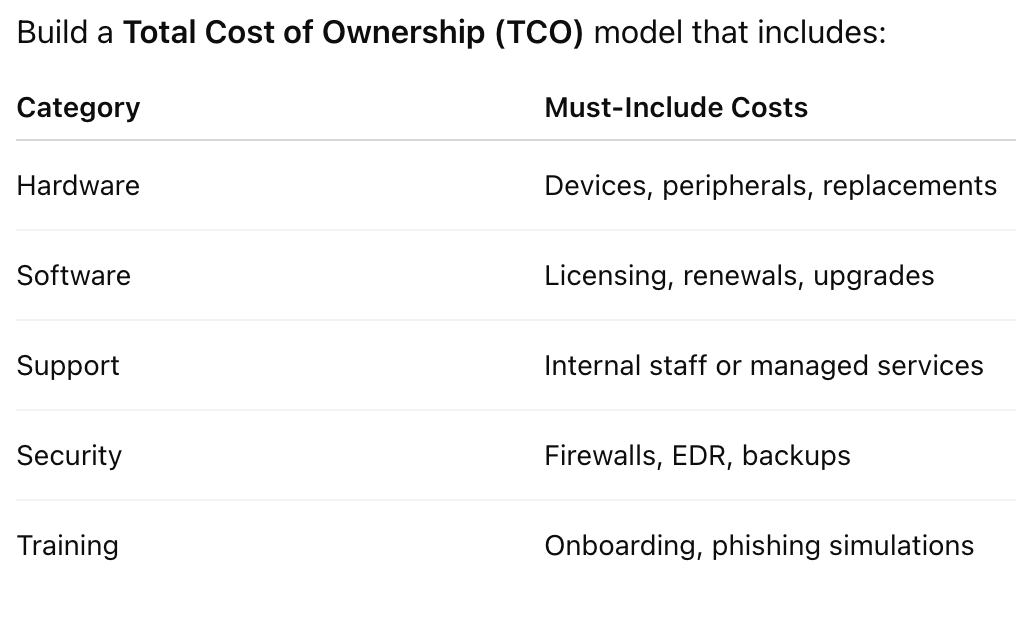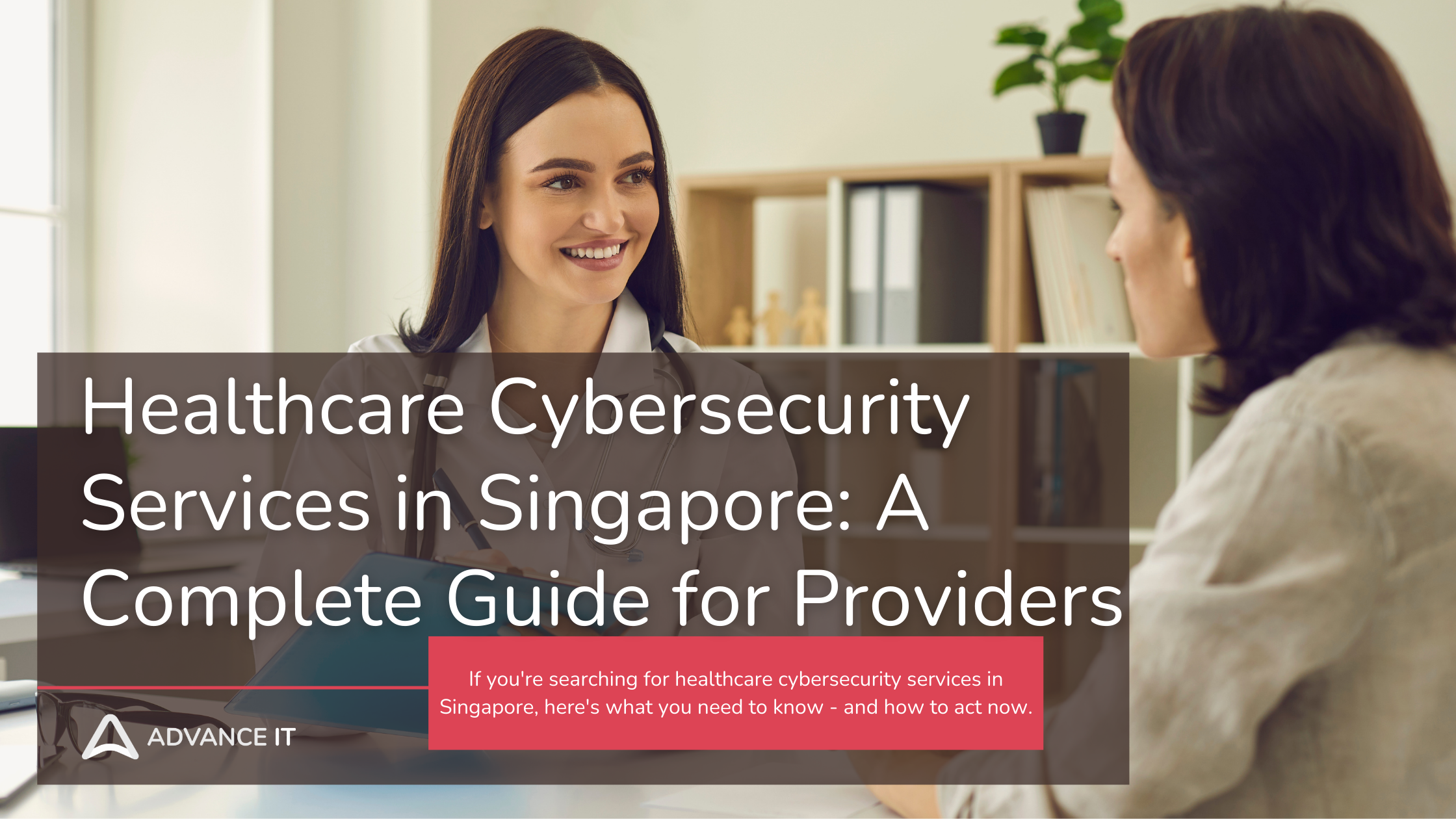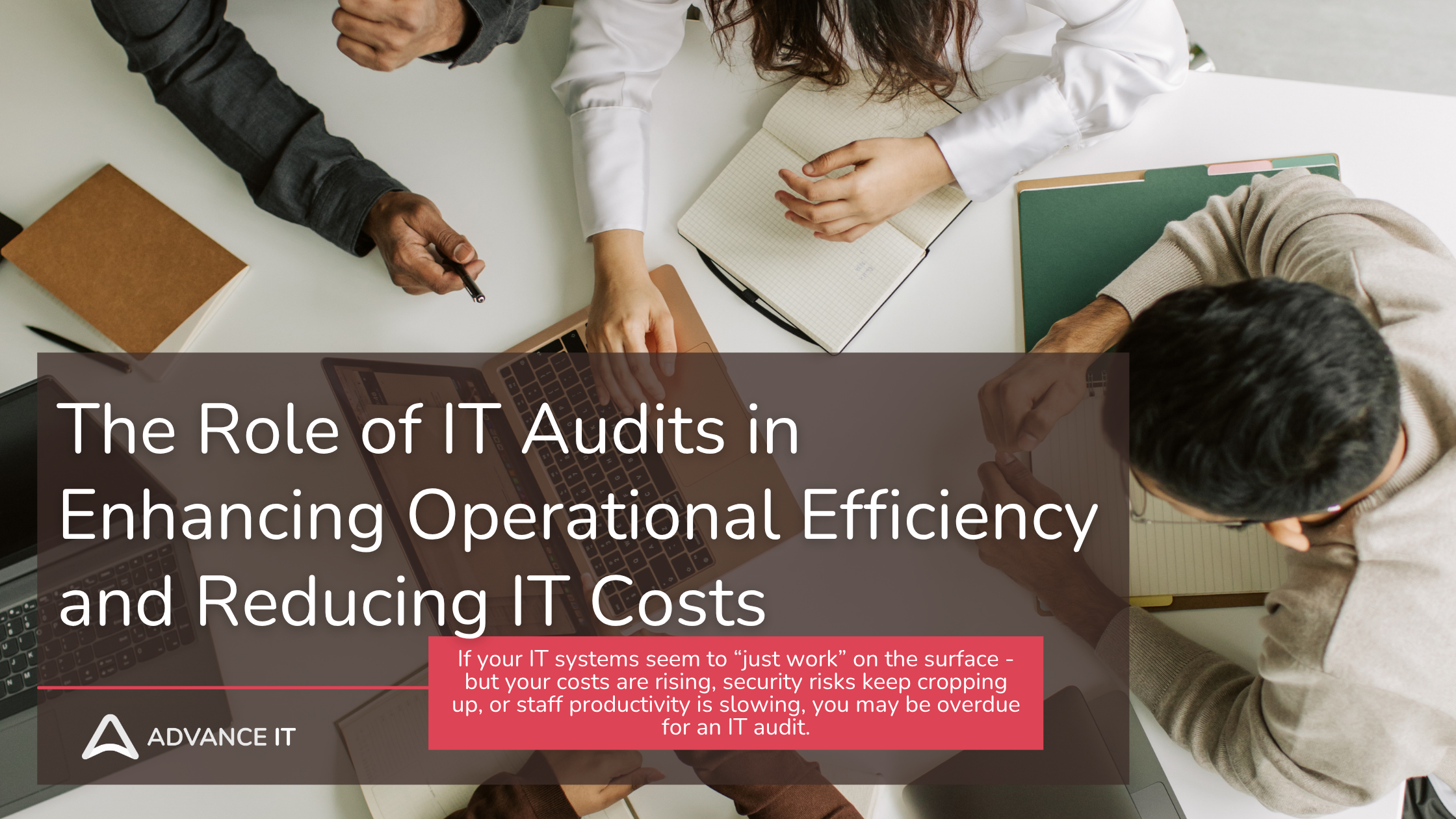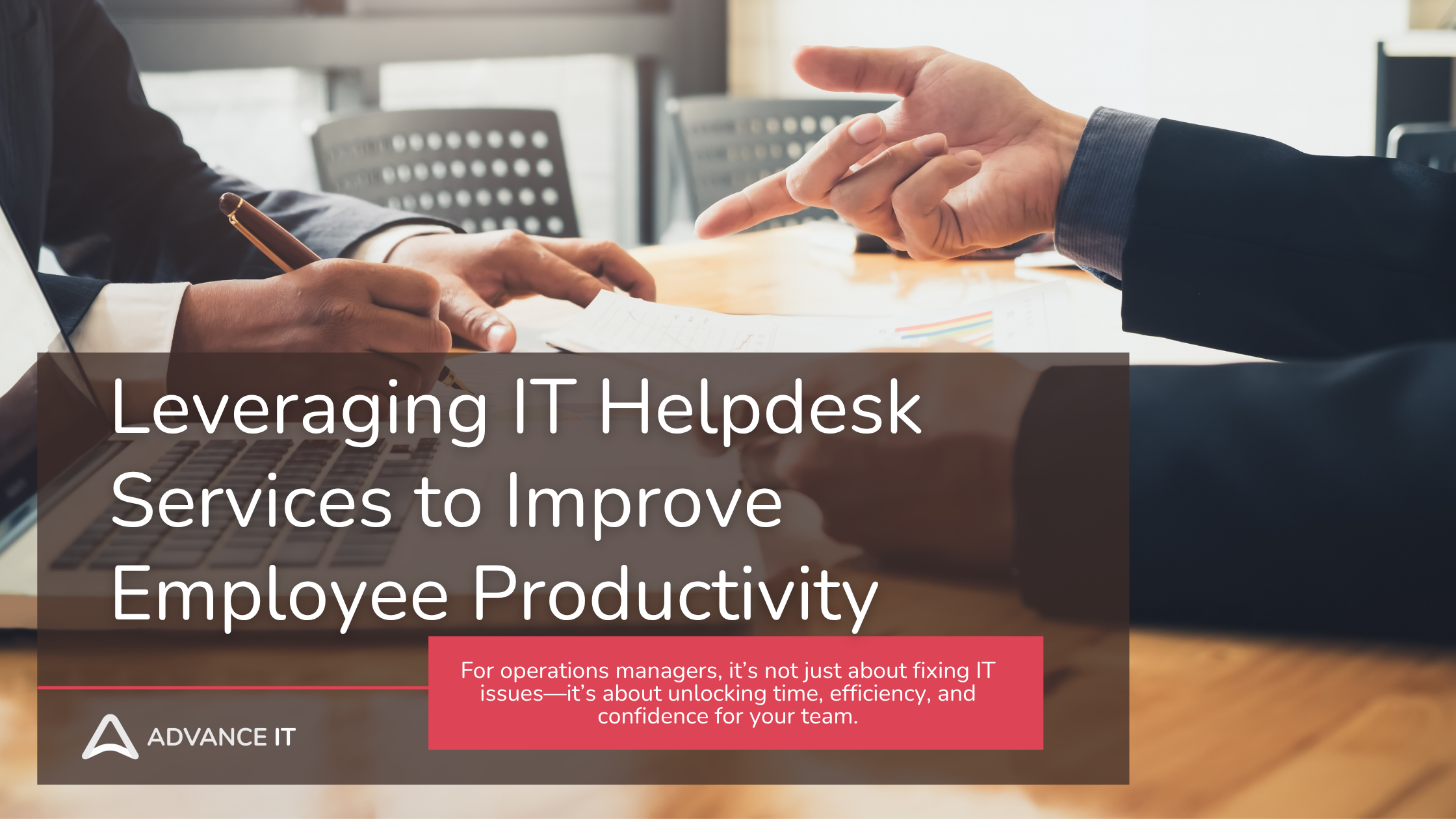What Singapore SMEs Get Wrong About IT Budgeting — And How to Fix It
For many SMEs in Singapore, IT is viewed as a cost - not a strategy. That’s where things go wrong.
From relying on aging laptops to underestimating cybersecurity risks, many small and mid-sized enterprises fall into common traps when planning their IT budgets. The result? Inefficiency, downtime, rising tech debt, compliance risks, and missed growth opportunities.
This guide breaks down the biggest IT budgeting mistakes SMEs make in Singapore—and shows you how to fix them with practical, ROI-driven strategies.
Why IT Budgeting Deserves More Attention
In 2025, IT is no longer a back-office function. It powers every part of your business:
Communication & collaboration
Customer experience & service delivery
Data security & compliance (PDPA, Cyber Trust Mark)
Business intelligence & decision-making
But most SMEs still under-budget or misallocate IT funds, treating it like a one-time setup instead of an evolving operational backbone.
The Top 7 IT Budgeting Mistakes SMEs Make (And How to Fix Them)
1. “IT = Hardware Only” Mentality
Many SMEs only budget for laptops, printers, and maybe a server. They ignore essential recurring costs like:
Cybersecurity software
Cloud subscriptions (e.g., Microsoft 365, Google Workspace)
Backup and recovery systems
IT support and maintenance
Employee cybersecurity training
✅ Fix It:
Build a Total Cost of Ownership (TCO) model that includes:
2. Budgeting with No Growth Forecast
SMEs often plan IT budgets for current needs, not future growth. But what happens when you onboard 10 new staff or open a second office?
Without scalability in mind, you're left scrambling with slow devices, broken permissions, or incompatible systems.
✅ Fix It:
Plan for 10–20% user growth annually and build flexibility into your IT stack:
Cloud tools that charge per user (easy to scale)
Modular device deployment plans
Scalable bandwidth and storage options
3. Skipping Cybersecurity Costs
Cybersecurity is still seen by many SMEs as “optional”—until an incident happens. But Singapore’s PDPA and Cybersecurity Act now demand demonstrable due diligence, even for smaller firms.
✅ Fix It:
Allocate 15–20% of your IT budget to cybersecurity. This includes:
Firewall & endpoint protection
MFA & encryption
Backup and recovery tools
Security awareness training
Annual vulnerability assessments or penetration testing
📘 Note: Cybersecurity spend is also eligible under many grants, like CSA’s Cybersecurity Certification Grant and PSG.
4. One-Time Mindset vs. Ongoing Investment
Many SMEs buy new IT equipment every 3–5 years and think they’re done. But the real costs—software, support, security—are ongoing operational expenses.
✅ Fix It: Split your IT budget into CapEx (capital) and OpEx (operational)
This ensures smoother cash flow and better visibility into actual IT spend.
5. No Budget for Support or Helpdesk
Many SMEs run with no formal IT support, relying on the “tech-savvy guy” in the office.
But as your business grows, ad hoc support leads to:
Longer downtimes
Data loss
Burnout or turnover from unofficial IT “helpers”
✅ Fix It:
Budget for at least one of the following:
In-house IT staff (ideal for >50 users)
Outsourced MSP with SLAs and 24/7 coverage
Hybrid model (onsite coordinator + outsourced escalation)
💡 Best practice: Budget $2,000–$5,000/month for managed IT services for a 20–50 seat company in Singapore.
6. Ignoring Government Grants & Subsidies
Too many SMEs leave money on the table by not tapping into Singapore’s generous IT funding schemes.
📍 Visit GoBusiness Singapore for the latest updates.
7. No Metrics or ROI Tracking
Without data, SMEs can’t tell if IT investments are paying off—or if waste is hiding in plain sight.
✅ Fix It:
Track key IT KPIs, such as:
Device uptime
Ticket response/resolution time
Software license utilization
User satisfaction (CSAT scores)
Cost per user per month (baseline: $100–$250)
Regular reviews help refine your IT spend and identify areas for improvement.
Total Annual IT Budget: 💰 SGD 72,000 – 80,000
That’s about $240–$270 per employee/month—a smart range for most SMEs in Singapore.
Final Recommendations: IT Budgeting Best Practices for SMEs
Budget annually, review quarterly – align with business goals and hiring forecasts
Separate CapEx and OpEx – to manage cash flow and plan for renewals
Factor in compliance – especially PDPA, ISO 27001, Cyber Trust Mark
Don’t cut corners on cybersecurity – breaches are far costlier than prevention
Use grants to stretch your budget – up to 80% support available
Align IT with business outcomes – not just technical requirements
Want Expert Help Planning Your IT Budget?
We help Singapore SMEs build custom IT budgets, roadmaps, and grant-eligible strategies that drive growth and improve cyber resilience.
👉 Book a Free IT Budget Strategy Call Today
Related Posts:
The True Cost of Maintaining an In-House IT Department in Singapore (Read more)
Top Cost-Effective IT Solutions to Reduce Overhead Immediately (Read more)
How Leveraging IT Services Can Help Reduce Operational Costs in 2025 (Read more)
Cost Savings and Best Practices for Automating Routine IT Tasks (Read more)
Optimize Your IT Infrastructure with These Key Strategies (Read more)
Measurable Cost Reduction from ERP & CRM Systems (Read more)




















With years of experience supporting clinics, we help healthcare providers reduce downtime, improve compliance, and focus on what matters most - patient care.